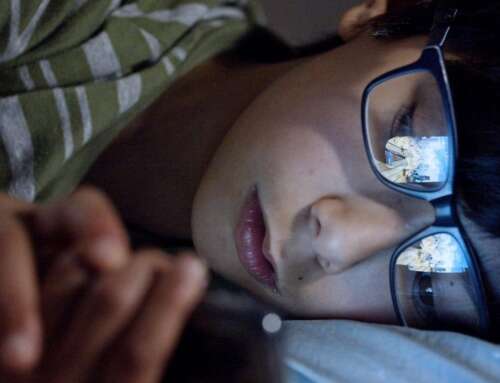
Flickr Images
The US reels from the senseless slaying of close to 50 individuals… the UK is shocked to the core by the callous shooting and stabbing of a politician …. Australia searches for answers to the Lindt Café siege.
The mass media provide mass coverage of these horrific events: we all want to know how and why they happened. But do we need the relentless focus on such acts of madness? Do we want to be giving publicity to these crimes and the criminals who committed them?
Could it be counterproductive? Could it play into the fantasies of others?
Research is already telling us that we are creating a mean and scary world view for our children and young people: that the repetition of images of death and destruction inclines young children to believe that these events are happening over and over again, and represent a real threat to their safety.
But research is also telling us that mass coverage of murders and massacres increases the risks of copycat crimes by alienated individuals. As far back as 1999, Cantor and others found links between 7 mass homicides in Australia, NZ and Scotland between 1987 (Hoddle St Vic) to Pt Arthur and Dunblane (Scotland) in 1996. They concluded that “The population of readers or viewers of the media will include those with psychological problems including chronically embittered individuals who may be vulnerable to modelling such events through the processes of identification and projective identification.”
These cautions about media coverage of massacres have been echoed by a number of researchers since (see refs), resulting in the question: Given that intense media coverage of mass killings (a) plays straight into the perpetrators’ tendency to want recognition for their crimes, and (b) encourages copycat iterations, can major media outlets police themselves not to play into these dynamics?
More recently in the wake of the Orlando shootings, the US Society for the Psychological Study of Social Issues (SPSSI) released an Open Letter about the psychological factors that prompt otherwise unremarkable individuals to carry out unspeakable atrocities. They say “in this, as in other cases of violent extremism, the perpetrator radically deviates from widely accepted norms of conduct”. The Society quotes Dr Arie Kruglanski, a Distinguished University Professor of Psychology at the University of Maryland – College Park, whose collaborative research with partners around the world has found that “the quest for personal significance, in one’s own eyes, and in the eyes of relevant others is an important driving force”. He says “the quest for significance may be spurred by a threat [real or perceived] to significance, such as personal failure and humiliation.” The SPSSI continues “violence is the most primordial means to dominance and a sense of power. By causing others to suffer, someone might feel consequential and capable of making others recognise their significance”.
Surely it’s time we entered into more serious debate about whether our current levels of media attention and publicity to such perpetrators and their atrocities is counterproductive. Do such images act as a catalyst to other alienated individuals to choose extreme violence as route to personal significance?
This issue and other issues related to the depiction of crime on our screens will be debated at the Violence in the media: the stories and the science in Sydney on July 18. For more information visit: http://childrenandmedia.org.au/events/accm-conference
– Barbara Biggins OAM
References:
Atkisson Mesoudi & O’Brien (2012) Adult learners in a novel environment use prestige-biased social learning. Evolutionary Psychology 10, 519-537.
Christopher H. Cantor , Peter Sheehan , Philip Alpers & Paul Mullen (1999) Media and mass homicides, Archives of Suicide Research, 5:4, 283-290, DOI: 10.1080/13811119908258339 : http://dx.doi.org/10.1080/13811119908258339
Cohen-Alamagor, Raphael( 2005) Media Coverage of Acts of Terrorism: Troubling Episodes and Suggested Guidelines Canadian journal of communication 30(3) 20015
The Society for the Psychological Study of Social Issues (2016) Open letter: research sheds light onto violent extremism. Let research also shed light onto gun violence. Available from: http://www.spssi.org/index.cfm?fuseaction=document.viewdocument&ID=3F28EB86AE4CA3BB2EE025BE0093BF0447BC84D83FD7361EC70FBDF8000365DEA6952AE18DBE281F122D1C5A3A1CBAA2
—————————————————————————————————————–
Barbara Biggins OAM is honorary CEO of the Australian Council on Children and the Media, a national community based organization working for healthy choices and stronger voices in children’s media. www.childrenandmedia.org.au







Leave A Comment